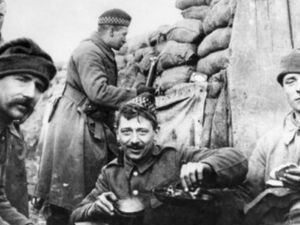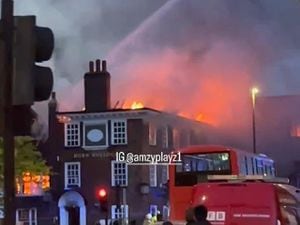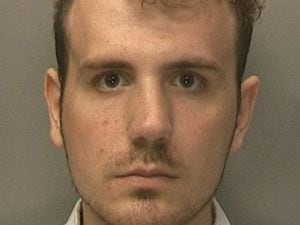Scots volunteered in their thousands to fight in Great War
New recruits joined regular and territorial forces in the trenches of the Western Front.

The soldiers of 1st battalion, Cameron Highlanders landed at Le Havre within days of war being declared, bound for the Western Front.
It marked the beginning of Scotland’s role in the battles of the Great War, which would cost the country more than 105,000 men.
A huge response to Lord Kitchener’s call for volunteers saw new battalions formed and army divisions created. Freshly trained soldiers would soon join regular and territorial forces in the trenches. In all, around 750,000 Scots men fought in the war.

There were many reasons for signing up. Some were motivated by patriotism, some drawn by the promise of a military wage, and others carried along by peer pressure.
Professor Ewen Cameron, head of the School of History at Edinburgh University, said: “In the volunteering period between 1914 and early 1916, Scotland provides a disproportionate number.
“In that period you do see extraordinary levels of recruiting in particular areas of Scotland, such as the heavy industrial areas of Lanarkshire and Ayrshire.”
The professional army and territorial forces bore the brunt of the fighting until the first of the major battles where Kitchener’s “New Armies” were deployed.
Battle of Loos – September 25 1915
Half the 72 battalions in the largest British offensive of 1915 belonged to Scottish regiments. It saw new army units deployed for the first time, among them the volunteers forming the 9th and 15th Scottish Divisions.
There were heavy losses as they tried to break through German defences in Artois and Champagne. The 9th Black Watch volunteer battalion suffered more than 700 casualties – felt by families in Angus, Fife, Perthshire, Aberdeenshire, Stirlingshire, Lanarkshire and Ayrshire.
Professor Cameron said: “Loos is where those new army battalions first saw battle in reasonably large numbers, and that’s in some ways when the war began to have a serious impact in Scotland, in terms of losses.
“It wasn’t just professional soldiers or territorials, it was ordinary men who had signed up in 1914 and in early 1915 that were being killed in very large numbers.”
Patrick Watt, curator of Modern History and Military Collections at National Museums Scotland, said: “If you look at the names on war memorials, September 25 1915 is a date that crops up an awful lot. That’s because so many Scots were involved.”

Because of the way forces were raised, with groups of people from one town or village going off to fight together, it meant some communities suffered disproportionate losses. That was the case for Portree on the Isle of Skye, which commemorates May 17 1915, the third day of the battle of Festubert, where the 4th Cameron Highlanders saw many men fall.
Battle of the Somme – July 1 1916
Casualties on the first day were the worst in the history of the British Army. Among them were the Edinburgh-raised soldiers of the 15th Battalion, The Royal Scots, who lost 610 soldiers and 18 officers – killed, wounded or missing, by July 3. The 16th Battalion lost 460 soldiers and 12 officers.
Battle of Arras – April 9 1917
When British troops attacked German defences near the city of Arras in Northern France it saw the greatest concentration of Scots in any of the set-piece battles of the war.
As well as the 44 Scottish battalions there were seven Canadian battalions with Scottish heritage, including The Canadian Scottish, and The Newfoundland Regiment.
“There’s a huge concentration of Scots on the battlefield at Arras, including Scots from across the diaspora. Because by this point, the Canadians have arrived, there are Australian soldiers involved, New Zealanders and South Africans,” said Mr Watt.
The battle became a costly stalemate for both sides and in the end Britain had suffered around 159,000 casualties – one third of them Scottish.

Passchendaele – July 31 1917
There was a another massive Scottish presence at Passchendaele, with more than 50 battalions from Scotland fighting. It is remembered as one of the harshest battles of the war, with heavy rain contributing to the Allies gaining only five miles of ground in three months. The British suffered 300,000 casualties.
German Spring Offensive – March 21 1918
An attack by the Germans, aimed at breaking through the weakest point of the British Front, saw 7,000 killed and 21,000 captured.
Mr Watt said: “The 9th and 15th Scottish Divisions, the 51st Highland Division, they were almost overrun by German troops.
“They did manage to pull back in the end, so the line that ran from the Swiss border all the way up to the Channel was still in tact, but it was a very close-run thing.
“That was a crucial point in the war and Scottish soldiers played an important role in stopping that German breakthrough in March 1918.”





